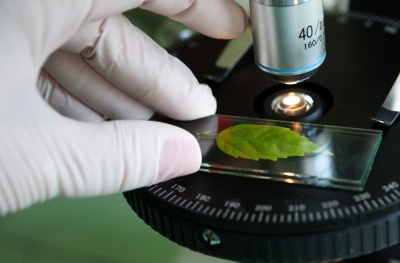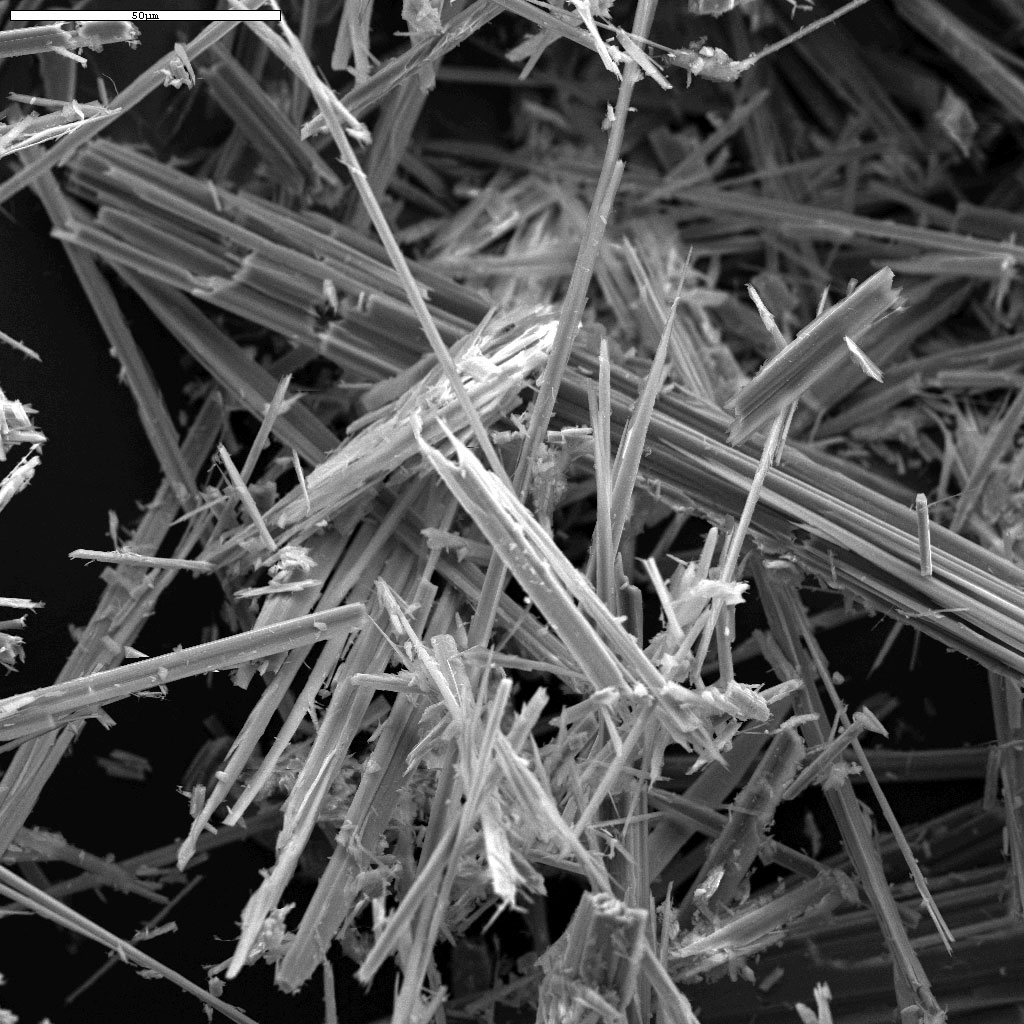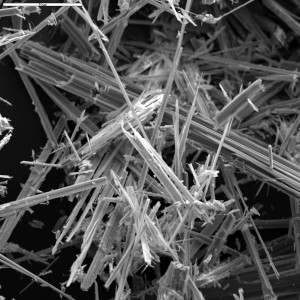Industrial hygiene is generally defined as the art and science dedicated to the anticipation, recognition, evaluation, communication and control of environmental stressors in, or arising from, the work place that may result in injury, illness, impairment, or affect the well being of workers and members of the community. These stressors are divided into the categories biological, chemical, physical, ergonomic and psychosocial.
The profession of industrial hygiene uses strict and rigorous scientific methodology and often requires professional experience in determining the potential for hazard and evaluating exposures or risk in workplace and environmental studies.
The Industrial Hygienist may be involved with the assessment and control of physical, chemical, biological or environmental hazards in the workplace or community that could cause injury or disease. Physical hazards may include noise, temperature extremes, illumination extremes, ionizing or non-ionizing radiation, and ergonomics. At the NIH, chemical exposures that are evaluated include formaldehyde, xylene, ethylene oxide, and waste anesthetic gases. Other related areas including Indoor air quality (IAQ) and safety may also receive the attention of the Industrial Hygienist. Biological hazards may stem from the potential for exposure to legionella or bloodborne pathogens.
Industrial Hygienists work to minimize exposures through the implementation of controls. The preferred method of control is the elimination of the chemical, which can sometimes be achieved by the substitution of a less hazardous material. Another method to reduce exposure is the use of an engineering control, such as a laboratory hood or other enclosure that isolates the chemical from the worker. In some cases an administrative control, such as the rotation of workers through a position to minimize the exposure to any single worker, is implemented. The use of personal protective equipment (PPE) such as gloves, goggles, or respirators may be recommended. The use of PPE is the least preferred method due to the diligence required to ensure effectiveness.
The Industrial Hygienist, through a site visit, can:
- Identify health & safety problems in the workplace
- Conduct worksite sampling for exposure levels for chemicals, lead, asbestos, silica, mold and noise
- Develop and /or recommend corrective measures to eliminate hazards and prevent future problems.
- Assist in developing mandated health & safety programs
- Consult on design of engineering controls and work practices
- Interpret material safety data sheets (MSDS)
More at: http://www.ors.od.nih.gov/sr/dohs/aboutDOHS/TAB/Pages/technical_branch_ih.aspx
Environmental Health & Safety Services Puerto Rico, Vega Baja | ehsspr.net




 Both inside and outside the home, deteriorated lead-paint mixes with household dust and soil and becomes tracked in. Children may become lead poisoned by:
Both inside and outside the home, deteriorated lead-paint mixes with household dust and soil and becomes tracked in. Children may become lead poisoned by:
